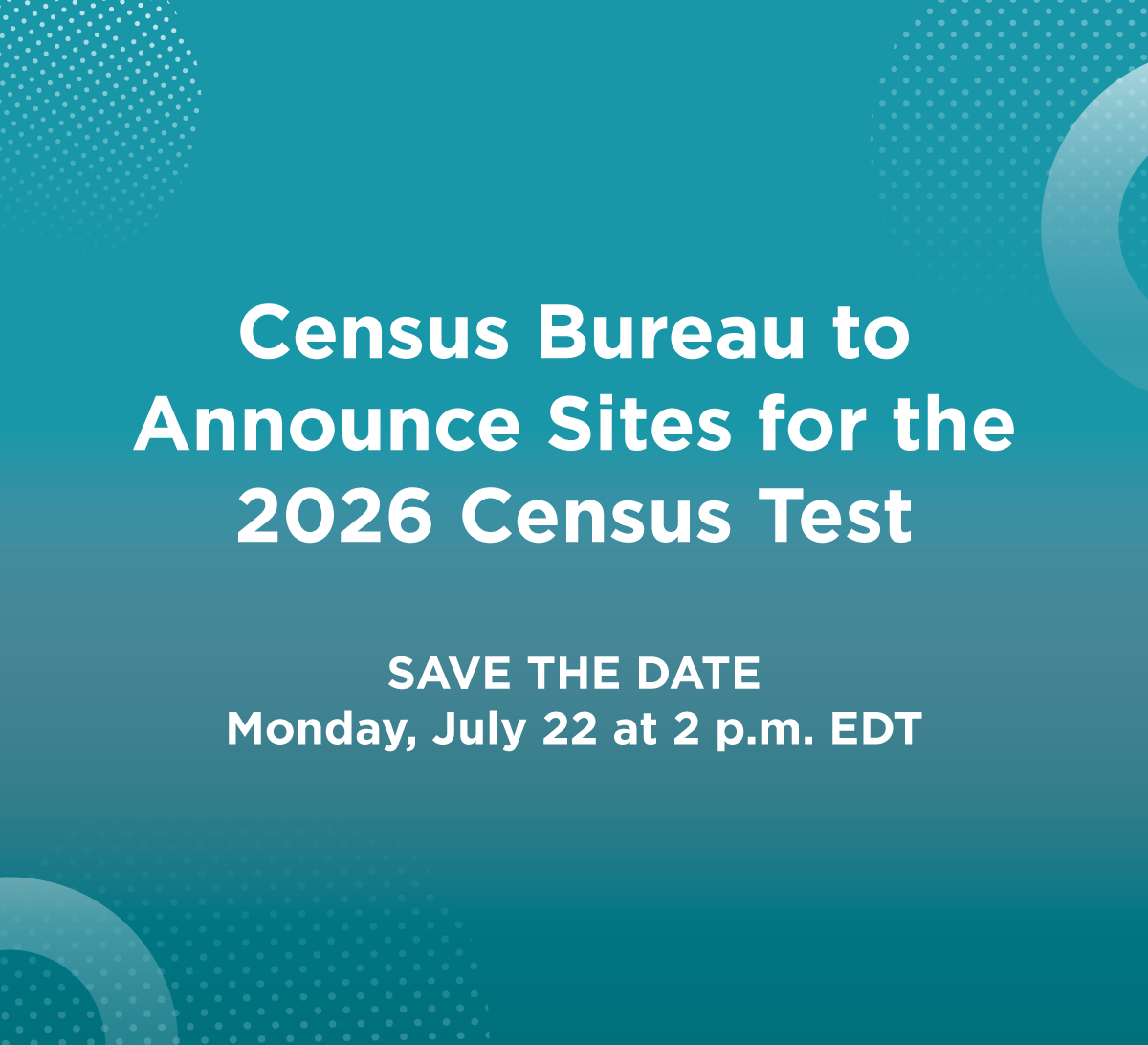
An official website of the United States government
Here’s how you know
Official websites use .gov
A .gov website belongs to an official government organization in the United States.
Secure .gov websites use HTTPS
A lock (
) or https:// means you’ve safely connected to the .gov website. Share sensitive information only on official, secure websites.
-
//
- Census.gov /
- Newsroom /
- News Releases /
- Homeownership in the United States: 2005 to 2019
For Immediate Release: Thursday, March 25, 2021
Homeownership in the United States: 2005 to 2019
MARCH 25, 2021 — The U.S. Census Bureau today released a new report that examines trends in homeownership over the last 15 years. The report, Homeownership in the United States: 2005 to 2019, is based on statistics from the American Community Survey (ACS). The report presents trends in homeownership at the national, state and county levels. For the first time ever, these estimates are available for three consecutive, nonoverlapping periods (2005-2009, 2010-2014 and 2015-2019), providing trend data for small population groups and geographies covering a combined 15-year period. This report uses ACS 5-year estimates during these three periods to analyze county-level homeownership rate data. The report also uses annual ACS 1-year homeownership rate data at the national and state levels to look at year-to-year change from 2005 to 2019.
Highlights:
- Based on 1-year ACS estimates, from 2005 to 2019, the national homeownership rate was highest from 2005 to 2009, when the rate was 66% to 67%. Following the housing crash and the Great Recession, the homeownership rate reached a low of 63% in 2015.
- The homeownership rate in 2019 was 64.1%, up from the 63% in 2015 but below the peak years from 2005-2009.
- From 2009 to 2014, 46 states and the District of Columbia experienced statistically significant decreases in homeownership. Arizona, Nevada, Georgia, Rhode Island and Florida were among the states with the largest decreases in homeownership during this time.
- Between 2014 and 2019, many states experienced a rebound in homeownership. Thirty-one states showed statistically significant increases in their homeownership rates.
Detailed tabulations, related information and historic data are available on the Census Bureau’s Housing page. Data in this report are subject to sampling and nonsampling error. Comparisons of estimates take sampling error into account and are significant at the 90% confidence level or higher, unless otherwise noted. Because of rounding, some details may not sum to totals. For information on sampling and estimation methods, confidentiality protection and sampling/nonsampling errors, see the Accuracy of the Data documents for 2019.
No news release associated with this report. Tip sheet only.
###
Share
Contact
Frances Alonzo
Public Information Office
301-763-3030
pio@census.gov
 Yes
Yes
 No
NoComments or suggestions?


Top



